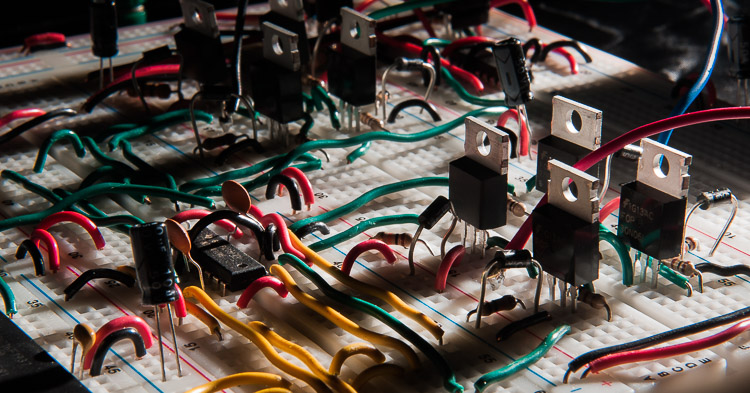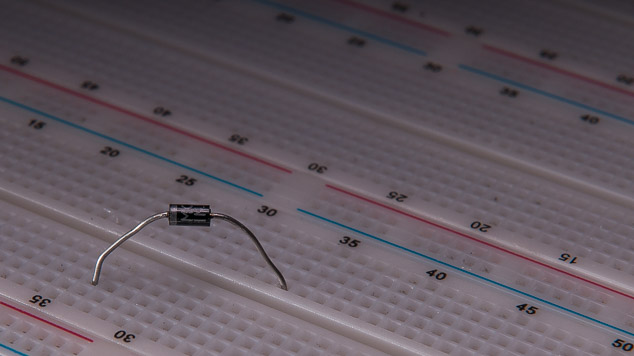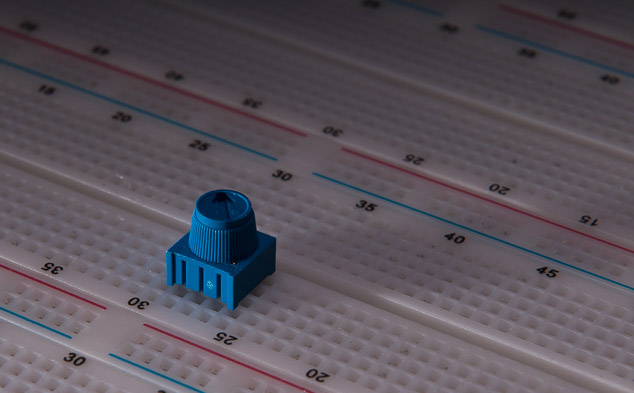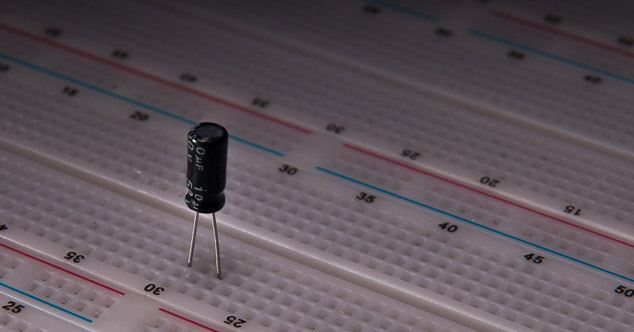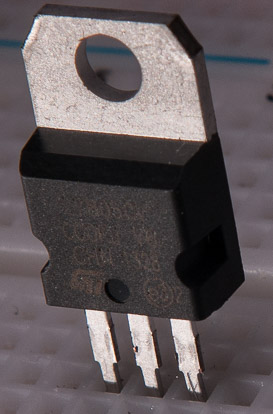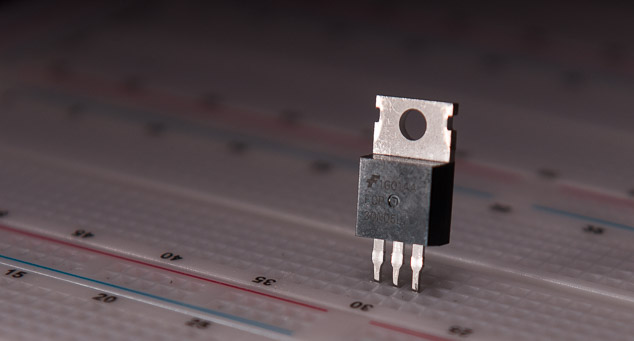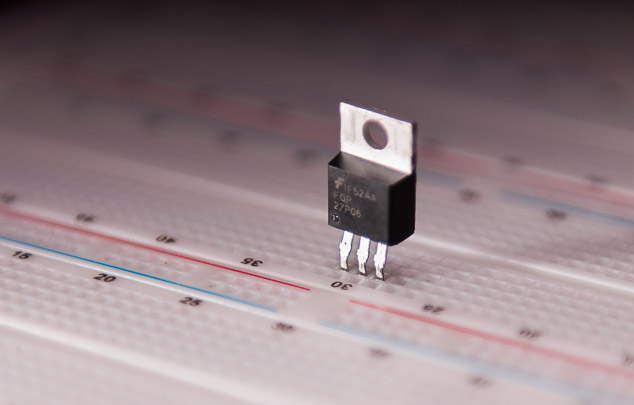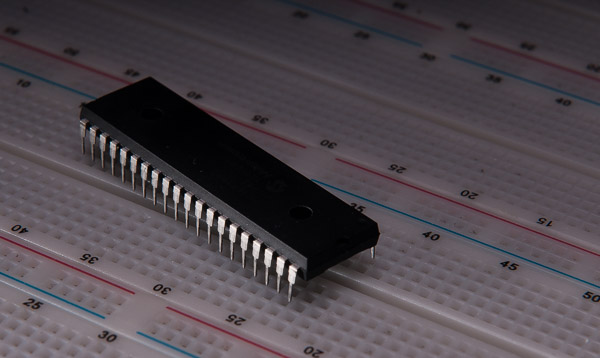So without further delay, let's break down a list of the core components needed:
For some items I have provided a link to an online catalog entry for the retailers I used. Of course you can get all of the components at many different retailers besides the ones listed. If I don't provide a link its because you probably know exactly what it is and where to find it (if you don't have one already.) There are also some items that are not completely necessary but I found them to to helpful in the process of getting the circuit to work and perhaps you may too.
Breadboard (Qty 1)
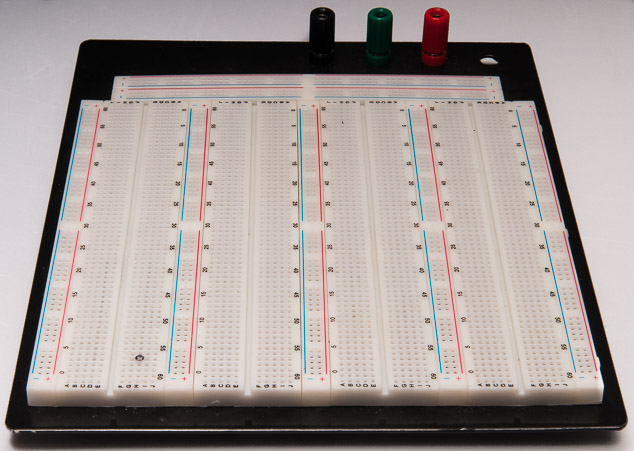
10 kOhm resistors (Qty 4)
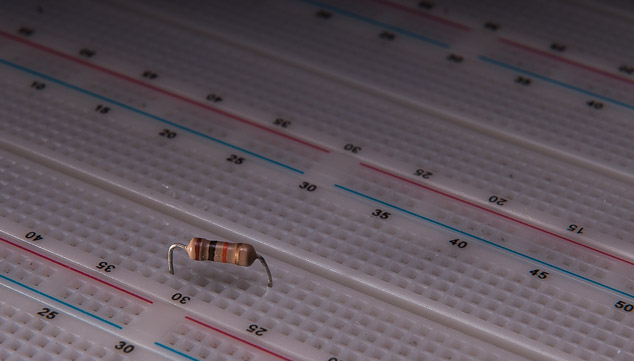
100 Ohm Resistors (Qty 4)
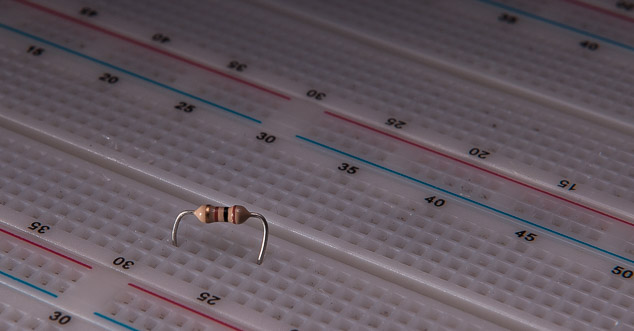
LEDs (Qty 2)
Preferably in two different colors.

Brushed DC Motor (Qty 1)
Just about any normal sized one will do.
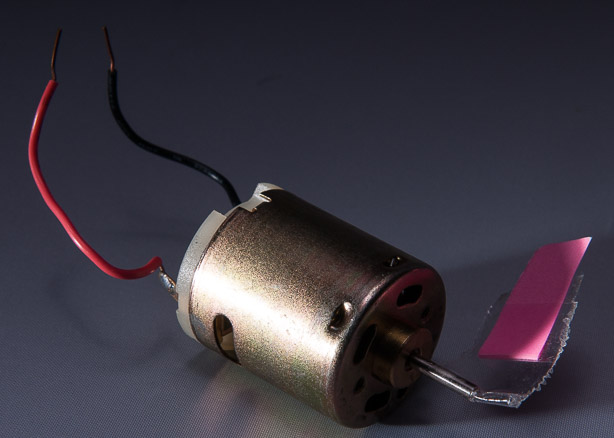
0.1 uF Capacitors (Qty 4)
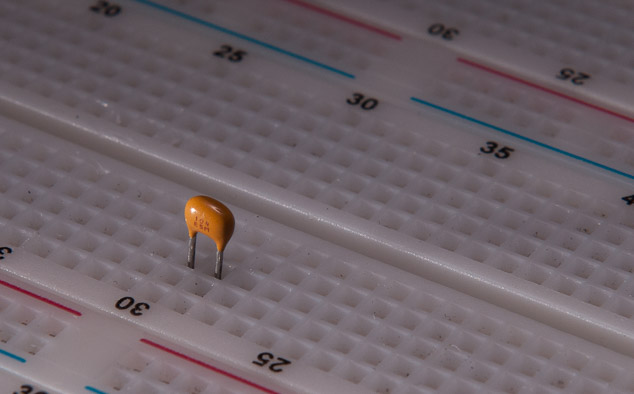
PIC Programmer (Qty 1)
If you don't know what this is you probably
need to learn microcontroller programming first

Texas Instruments SN754410 H-Bridge Driver (Qty 1)
https://www.sparkfun.com/products/315
This is an L293D clone/equivalent. Any appropriate
device that can serve as a MOSFET gate driver
will do.
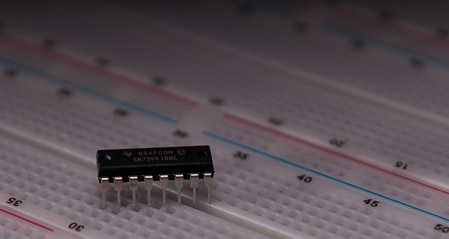
On/Off Switches (Qty 2)
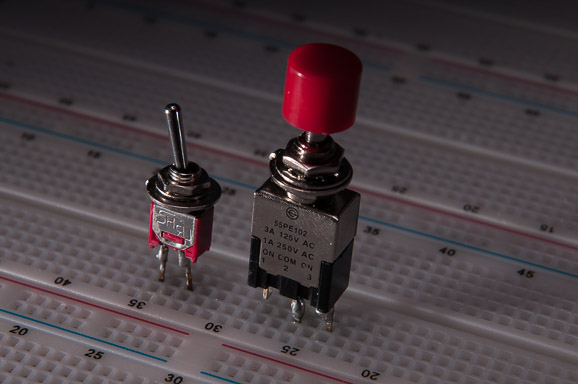
DC-DC Converter(Qty 1)
Not absolutely necesary but makes life
easier when you can control voltage output.
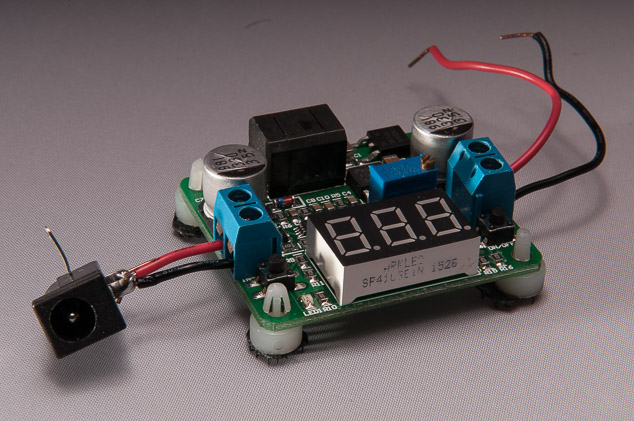
Additionally...
While it represents a substantial investment, an oscilloscope is an extremely valuable tool when building any kind of circuit that deals with rapidly changing signals (such as the PWM signals we will be confronting). You can get by with a voltmeter, but as your projects grow in complexity an oscilloscope will be something that becomes almost unavoidable when you need to efficiently troubleshoot various problems.

